Dried figs have long been enjoyed for their natural sweetness, chewy texture, and nutritional benefits. However, occasional occurrences of white spots on dried figs can raise concerns among consumers. In this article, we aim to shed light on the causes behind these white spots and explore potential solutions for both consumers and suppliers. Understanding the Causes: 1. Natural Sugars: Dried figs contain natural sugars, predominantly fructose and glucose, which can crystallize over time and appear as white spots on the surface. These sugar crystals are harmless and do not affect the quality or taste of the figs. 2. Natural Wax Coating: To maintain the freshness and prevent moisture loss, some dried figs are coated with a minute layer of natural wax during processing.

.
 Initially translucent, prolonged storage or temperature fluctuations can cause this wax to solidify, resulting in white spots on the figs. 3. Molds and Fungal Growth: Dried figs are susceptible to mold and fungal growth, especially when stored in warm and humid conditions. The growth of these microorganisms can manifest as white spots on the figs. It is important to note that mold growth can be harmful to health, and such figs should not be consumed. Preventive Measures for Suppliers: 1. Quality Control: Suppliers should implement rigorous quality control measures during fig harvesting and processing. Careful inspection for molds, damaged figs, and appropriate storage conditions will help ensure that only high-quality figs are distributed.
Initially translucent, prolonged storage or temperature fluctuations can cause this wax to solidify, resulting in white spots on the figs. 3. Molds and Fungal Growth: Dried figs are susceptible to mold and fungal growth, especially when stored in warm and humid conditions. The growth of these microorganisms can manifest as white spots on the figs. It is important to note that mold growth can be harmful to health, and such figs should not be consumed. Preventive Measures for Suppliers: 1. Quality Control: Suppliers should implement rigorous quality control measures during fig harvesting and processing. Careful inspection for molds, damaged figs, and appropriate storage conditions will help ensure that only high-quality figs are distributed.
..
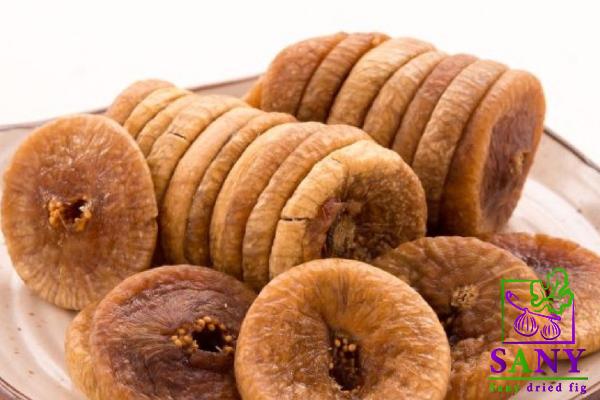 2. Packaging and Storage: Suppliers should ensure proper packaging and storage conditions that minimize exposure to humidity, moisture, and temperature fluctuations. Hermetically sealed packaging and controlled storage environments can significantly reduce the risk of mold growth and prevent white spots. Preventive Measures for Consumers: 1. Examine the Packaging: Before purchasing dried figs, inspect the packaging for signs of damage or poor storage conditions. Avoid products with torn packaging or visible moisture. 2. Check for Mold: Upon opening the package, visually inspect the dried figs to ensure they are free from mold growth. Any figs with visible white spots resembling mold should not be consumed.
2. Packaging and Storage: Suppliers should ensure proper packaging and storage conditions that minimize exposure to humidity, moisture, and temperature fluctuations. Hermetically sealed packaging and controlled storage environments can significantly reduce the risk of mold growth and prevent white spots. Preventive Measures for Consumers: 1. Examine the Packaging: Before purchasing dried figs, inspect the packaging for signs of damage or poor storage conditions. Avoid products with torn packaging or visible moisture. 2. Check for Mold: Upon opening the package, visually inspect the dried figs to ensure they are free from mold growth. Any figs with visible white spots resembling mold should not be consumed.
…
 3. Rehydrate if Necessary: If the dried figs appear with white spots due to sugar crystallization or wax solidification, simply rehydrating them in warm water for a few minutes will dissolve the crystals and restore their original texture. Conclusion: White spots on dried figs can be attributed to sugar crystallization, wax solidification, or mold growth. While sugar crystals and solidified wax are harmless, mold growth presents health risks and should be avoided. By implementing effective quality control measures and maintaining appropriate storage conditions, suppliers can minimize the occurrence of white spots. As consumers, careful inspection, and rehydration can help ensure the enjoyment of high-quality dried figs.
3. Rehydrate if Necessary: If the dried figs appear with white spots due to sugar crystallization or wax solidification, simply rehydrating them in warm water for a few minutes will dissolve the crystals and restore their original texture. Conclusion: White spots on dried figs can be attributed to sugar crystallization, wax solidification, or mold growth. While sugar crystals and solidified wax are harmless, mold growth presents health risks and should be avoided. By implementing effective quality control measures and maintaining appropriate storage conditions, suppliers can minimize the occurrence of white spots. As consumers, careful inspection, and rehydration can help ensure the enjoyment of high-quality dried figs.
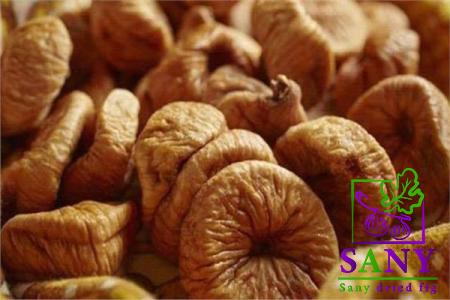




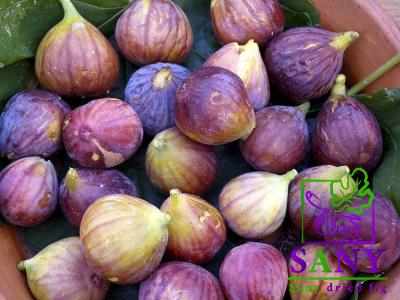
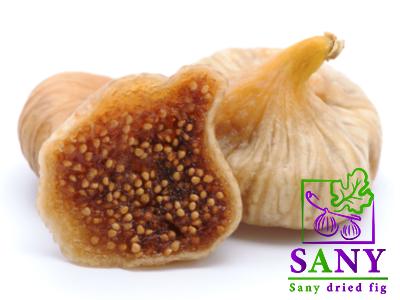
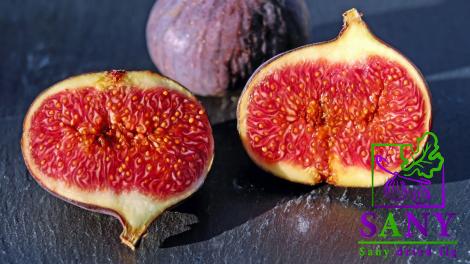
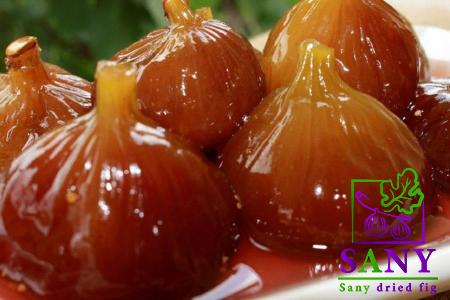
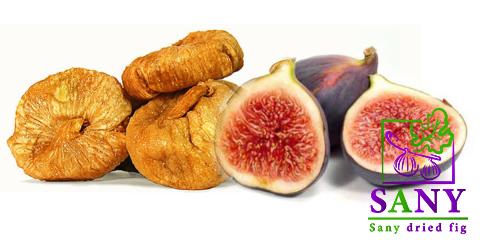
Your comment submitted.